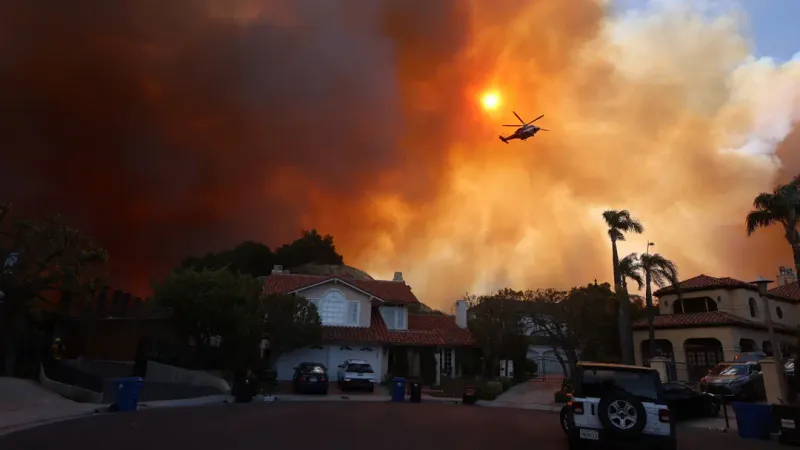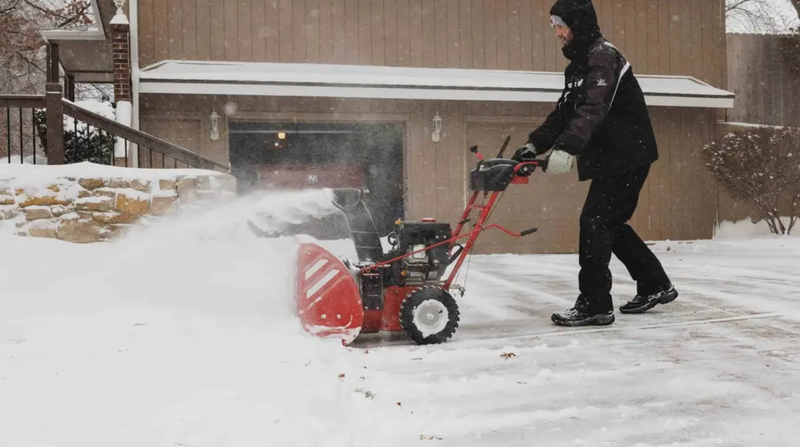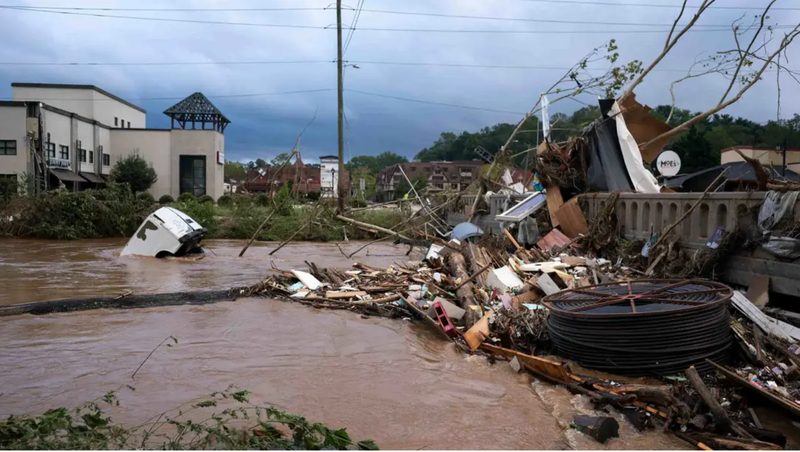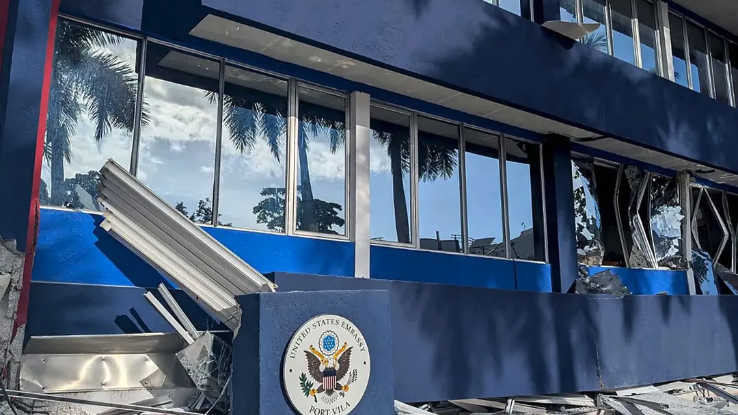Powerful Winter Storm Treks Through the US
What has been characterized as a "once-in-a-generation" winter storm by meteorologists has brought high winds, heavy snow and ice, and frigid temperatures to two-thirds of the United States.

Facts
- What has been characterized as a "once-in-a-generation" winter storm by meteorologists has brought high winds, heavy snow and ice, and frigid temperatures to two-thirds of the United States.
- The powerful Arctic-influenced winter storm has left over 650K residents without power and has triggered weather alerts spanning from the Canadian border to the Mexican border and from Washington state to Florida.
- A key feature of the storm is a "bomb cyclone" impacting the northeast US, entailing a major drop in pressure over a brief period of time.
- In the central US, states including Wyoming, Colorado, and Montana recorded temperature plunges, and more than a dozen others had readings below O°F (-17.8°C) on Thursday. According to the National Weather Service wind chills of -50°F (-45.6°C) are possible.
- There will be "dangerously cold conditions across most of the country this week," the NWS warned, adding high winds combined with even moderate amounts of snow could cause blizzard conditions in parts of the Midwest, Great Lakes, and Northeast.
- The US Post Office also reported that 89 postal facilities are closed, disrupting mail delivery ahead of the Christmas holiday.
Sources: New York Times, BBC News, NBC New York, USA Today, and CNN.
Narratives
- Narrative A, as provided by Vox. Damaging winter storms are becoming increasingly common in the United States. The country's power grid is not resilient enough to weather the effects of accelerating climate change. The US must shift its energy supply towards renewable sources like wind and solar — this transition will help vulnerable populations brave the impacts of these wild temperature swings while reducing emissions.
- Narrative B, as provided by Financial Times. It's easy to dismiss any extreme weather event as a consequence of climate change, but in reality, they're usually influenced by a myriad of factors that have nothing to do with it. More research is needed before we can establish any direct causal link between the two.






